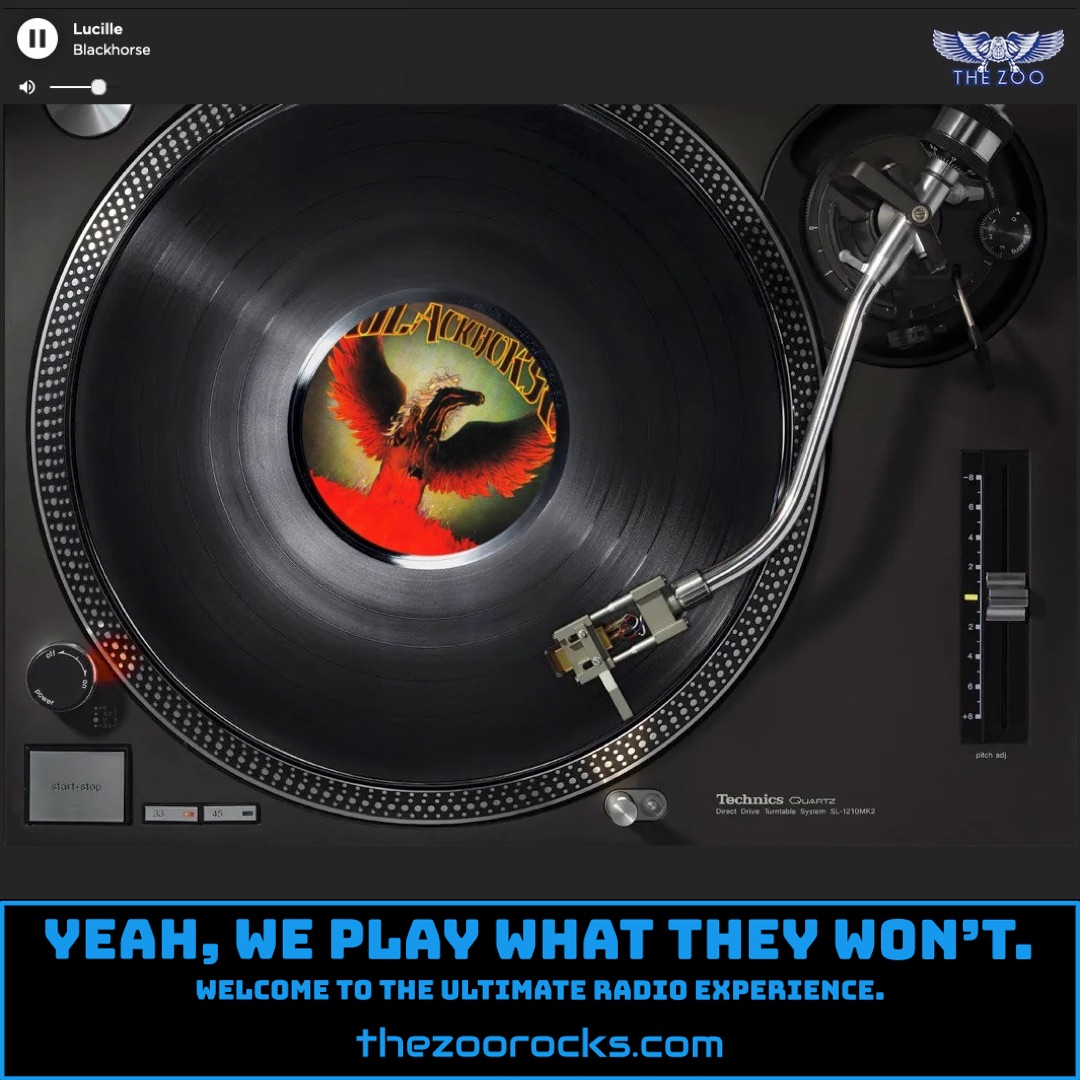The Relay
The Who
"The Relay" by The Who, a high-energy track released as a single in 1972, carries a fascinating backstory tied to the band’s ambitious but unfinished projects. Originally penned by Pete Townshend for the aborted Lifehouse rock opera, the song was meant to fit into a futuristic narrative about music and rebellion. When Lifehouse fell apart, "The Relay" was resurrected in 1972 for another uncompleted album, Rock Is Dead—Long Live Rock!, recorded alongside tracks like "Join Together" at Olympic Studios in London. Its lyrics, filled with cryptic references to communication and revolution, reflect Townshend’s fascination with technology and societal change. The song’s pulsating rhythm and synth-driven sound made it a standout, though it only reached #21 in the UK and #39 in the US charts. In the US, it was titled "The Relay" to avoid confusion with a sports event, a quirky detail noted on the band’s official site.
One of the most memorable moments tied to "The Relay" came during The Who’s chaotic 1972 appearance on the BBC’s Russell Harty Show. As the band performed, drummer Keith Moon stole the spotlight with an impromptu striptease, leaving the host flustered and the audience in stitches. This wild performance, later featured in the documentary The Kids Are Alright, cemented the song’s place in the band’s lore as a snapshot of their unpredictable energy. While specific social media posts about "The Relay" are scarce, fans on platforms like The Who’s Facebook often share clips from this era, celebrating the band’s raw, anarchic spirit. The B-side, "Waspman," written by Moon, is another oddity—a playful, buzzing instrumental that fans on The Who’s X account occasionally mention for its sheer eccentricity.
The Who, formed in London in 1964, emerged from the gritty mod scene, blending sharp style with explosive performances. Roger Daltrey (vocals), Pete Townshend (guitar), John Entwistle (bass), and Keith Moon (drums) started as The Detours, playing covers in local pubs. Their shift to original material, fueled by Townshend’s songwriting, and their adoption of the name The Who marked their rise. Early gigs at venues like the Marquee Club, coupled with their auto-destructive stage antics—smashing guitars and demolishing drum kits—earned them a cult following. By the mid-1960s, hits like "My Generation" and their groundbreaking rock opera Tommy catapulted them to global fame. Their biography on the official website highlights how their raw energy and intellectual ambition set them apart, influencing countless bands.
Fans of The Who, often called "Who Freaks" in the spirit of the Zoo Freaks, connect through various platforms. The band’s Instagram showcases vintage photos and tour updates, engaging followers with nostalgic posts. Dedicated fan communities thrive online, such as the The Who Fans Facebook Group, where enthusiasts share memorabilia, discuss rare tracks like "The Relay," and organize meetups. Fan-run sites like The Who Live offer detailed archives of live performances, while TheWho.net provides discographies and news. These spaces keep the band’s legacy alive, much like the Zoo Crew spinning records for their devoted listeners.

